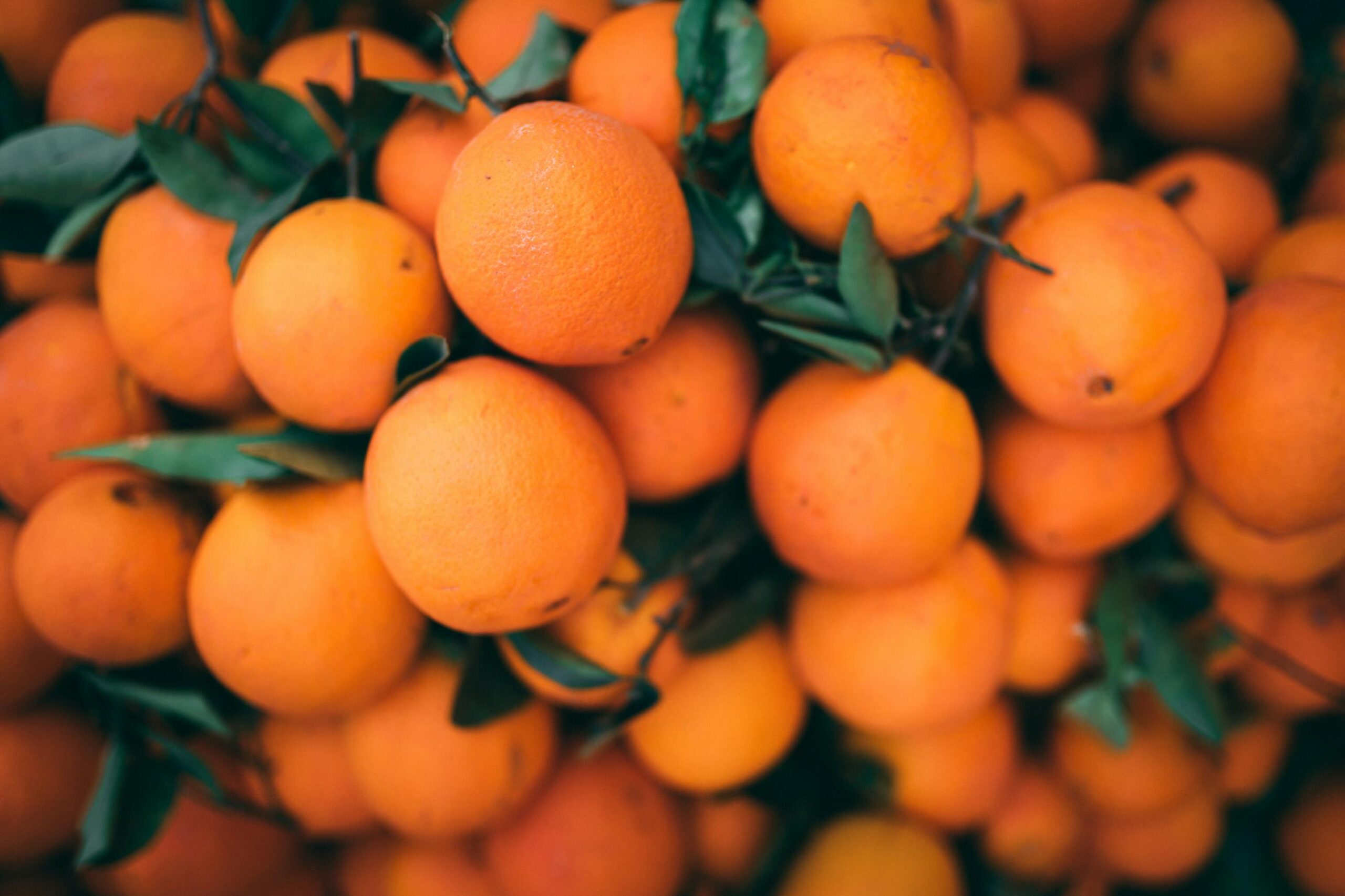Guzelyurt

Located in the fertile western part of North Cyprus, Güzelyurt (meaning “beautiful land”) and the nearby Lefke region form a lush and historic corner of the island, where orange groves stretch toward the sea and the past speaks through mosaics, temples, and palace ruins.
This is where nature, archaeology, and authentic village life blend into a single unforgettable experience — with fewer crowds, a slower pace, and deep cultural richness.
Güzelyurt – A Region of Nature and Antiquity
The landscape around Güzelyurt is a vibrant mosaic of color: the green of citrus groves, the orange of ripening fruit, and the blue of the nearby Mediterranean. Agriculture is at the heart of the region — fields of strawberries, potatoes, and the unique Cypriot root vegetable kolakas fill the countryside, and ancient olive trees stand as living witnesses to centuries past.
One of the cultural highlights is the Güzelyurt Museum of Archaeology and Nature, housed inside the 18th-century St. Mamas Monastery. This museum includes:
- A nature section, showcasing local flora and fauna.
- A stunning gold collection, featuring the Golden Leaves of Soli, among the most exquisite archaeological finds on the island.
- The monastery’s Icon Museum, which displays beautiful Orthodox iconography in its original setting.

Soli and the Mosaics of Early Christianity
Close to the town lie the ruins of Soli, once a powerful city-kingdom of ancient Cyprus. Here, visitors can admire:
- The Basilica of St. Auxibius, with its extraordinary floor mosaics from the 4th to 6th centuries AD.
- A Roman amphitheater, still remarkably intact, which could once seat around 4,000 people.
- The Agora, the commercial heart of the ancient city, surrounded by remnants of columns, shops, and civic buildings.
This site offers a peaceful, open setting where you can truly imagine what life was like in early Christian and Roman times.
Vouni Palace – The Island’s Only Persian Monument
Perched on a rocky hilltop with panoramic views of the coastline is Vouni Palace, a truly unique site in Cyprus. Built in the 5th century BC during Persian influence over the island, the palace once had 137 rooms arranged around inner courtyards.
Though today it lies in ruin, the scale of the complex is breathtaking — and the view from the top is one of the most striking on the island. Nearby stand the remains of the Temple of Athena, a sacred space once devoted to the Greek goddess of wisdom.
Lefke – A Town of Culture and Character
Moving inland, the town of Lefke offers a glimpse into Cypriot life with strong influences from both Ottoman and British colonial periods. Stroll along its narrow lanes and you’ll see traditional houses with wooden balconies, fountains, aqueducts, and a sense of timeless calm.
Notable sites in Lefke and its surroundings include:
- The Piri Mehmet Pasha Mosque, a fine Ottoman structure.
- Historic aqueducts surrounded by tall palms and gardens.
- The Copper Mines, which once powered the local economy.
The nearby village of Yeşilırmak is home to Cyprus’s largest grapevine, listed in the Guinness Book of Records, and is famous for its strawberry fields and agricultural festivals.
Sacred Sites and Remote Antiquity
In the wider Güzelyurt-Lefke area, you’ll find sacred and prehistoric sites tucked into quiet hills and villages:
- The Maronite Church of Ay Georgios in Korucam, a village with one of the island’s last Maronite Christian communities.
- The enigmatic Mavi Köşk (Blue Mansion), located between Tepebaşı and Çamlıbel. Built in the 20th century by an Italian lawyer with alleged mafia ties, this unusual house features secret rooms, tunnels, and panoramic terraces.
- Petra tou Limnidi, an important Neolithic settlement dating back to 5000 BC.
- The Toumba tou Skourou city, a Bronze Age site rich in ceramics and foundations of dwellings.
- The Pigades Sanctuary, from the Late Bronze Age, believed to have had religious or healing functions.
Güzelyurt and Lefke offer something rare — a chance to step away from the beaten path and discover a Cyprus that is authentic, peaceful, and deeply connected to its history and land.
Whether you’re admiring ancient mosaics, wandering through orange orchards, or sipping tea in a quiet village square, this region invites you to slow down, look deeper, and feel at home.